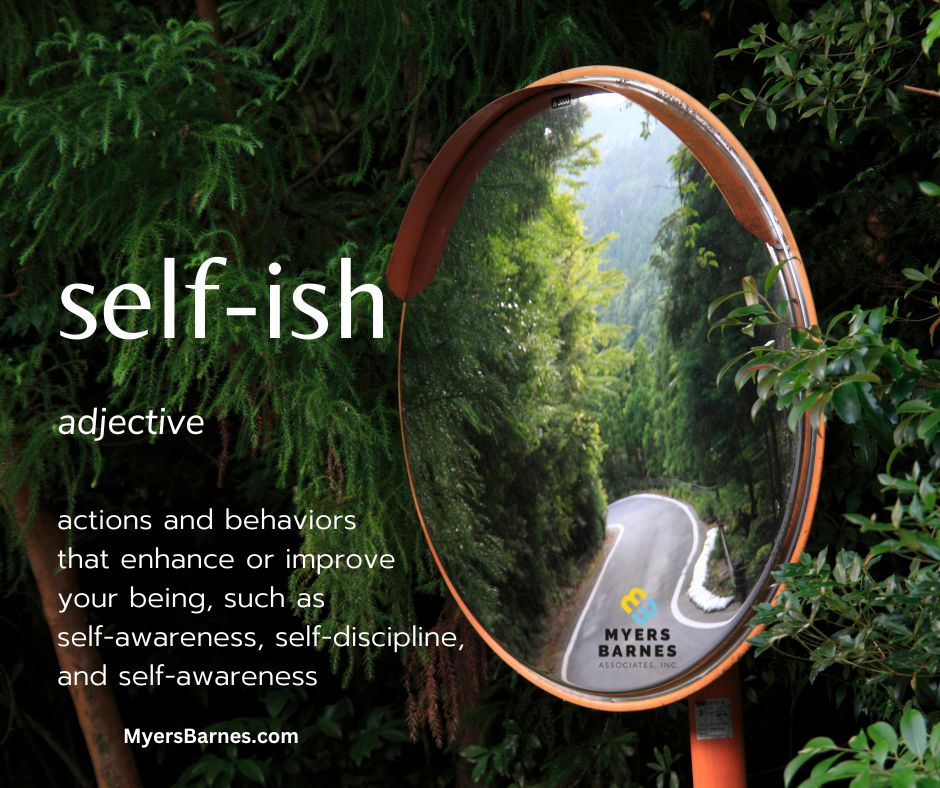 On May 5, 1954, at Iffley Road track in Oxford, about 3,000 spectators watched a track meet between British AAA and Oxford University. A 25-year-old medical student named Roger Bannister had announced that this would be the race of a lifetime. He would be the first person in recorded history to run a mile in less than four minutes.
On May 5, 1954, at Iffley Road track in Oxford, about 3,000 spectators watched a track meet between British AAA and Oxford University. A 25-year-old medical student named Roger Bannister had announced that this would be the race of a lifetime. He would be the first person in recorded history to run a mile in less than four minutes.
As a teen, Barrister had won several races and was a successful athlete. When he went to Oxford University to study medicine, he devoted his spare time to running track and became an accomplished middle-distance runner. At the time, the out-of-reach carrot for all runners was to break the four-minute mile. It had never been done and, therefore, was widely assumed to be an impossible task for a human being.
However, Bannister believed it was possible and spent hours researching the mechanical aspects of running. He studied his own running ability and combined it with his medical knowledge to develop scientific training methods that accommodated his body.
Then, on May 5, he went to the track. Here is what he wrote later about that day:
“At three-quarters of a mile the effort was still barely perceptible; the time was 3 min 0.7 sec., and by now the crowd was roaring. Somehow I had to run that last lap in 59 seconds. I had a moment of mixed joy and anguish, when my mind took over. It raced well ahead of my body and drew my body compellingly forward. I felt that the moment of a lifetime had come. There was no pain, only a great unity of movement and aim. The world seemed to stand still, or did not exist. The only reality was the next two hundred yards of track under my feet. The tape meant finality – extinction perhaps.
I felt at that moment that it was my chance to do one thing supremely well. I drove on, impelled by a combination of fear and pride. The air I breathed filled me with the spirit of the track where I had run my first race. The noise in my ears was that of the faithful Oxford crowd. Their hope and encouragement gave me greater strength. I had now turned the last bend and there were only fifty yards more.
My body had long since exhausted all its energy, but it went on running just the same. The physical overdraft came only from greater willpower. This was the crucial moment when my legs were strong enough to carry me over the last few yards as they could never have done in previous years. With five yards to go, the tape seemed almost to recede. Would I ever reach it?”
Roger Bannister did reach it with a time of 3:59.4 and was rewarded with the honor of being the first person to run the Miracle Mile.
After his win in May of 1954, his record was broken two months later in Finland by Australian runner John Landy, who achieved a time of 3:58. Within three years, 16 other runners had also broken the record.
What happened in those three years? Was there a sudden human evolution? Where steroids actually introduced in the late fifties?
No, the basic human equipment was the same. What changed was the mindset. The runners of the past were held back by the belief that they could not surpass the four-minute mile. As a “barrier buster,” Bannister changed that. He broke the mental limit so others could see the magic of doing something they thought was impossible.
When asked how so many others had run that fast so soon after he did, Bannister replied, “It was never a physical boundary; only a mental one. The mental approach is all important because the strength and power of the mind are without limit. All strategy can be harnessed by the correct attitude of the mind.”
Just as the mindsets and belief systems of runners kept them from the four-minute-mile threshold, the new mental model by Bannister liberated them to achievement. The challenge issued by Bannister is one we should constantly ask ourselves today: “Is it that it cannot be done; or is it that it has not yet been done?”
Are there four-minute-mile opportunities waiting for you?
Success is a mindset. You must see it and believe it to achieve it. If you’re ready to let go and run, here are some suggestions on how to go for those golden four-minute-mile opportunities:
Practice Emotional Conditioning.
“Emotional conditioning is the watchword of the universe. It’s just as important as physical training,” said Steven Ungerleider, PhD, author of “Mental Training for Peak Performance: Top Athletes Reveal the Mind Exercises They Use To Excel.”
Good athletes undergo intense physical preparation. Great ones condition their minds, too. They learn how to handle noise, stress, pressure and distractions. They mentally rehearse how they’ll react.
Watch What You Say.
Researchers believe we talk to ourselves at a rate of 600 to 800 words per minute. Unfortunately, 80 percent of this self-talk is negative. And if the thoughts are negative, the results will be, too. To change the outcome, you must change the programming.
Positive thinkers don’t place mental restrictions on their abilities. They revise their inner dialogue and reprogram themselves to believe that they can do the impossible.
Learn To Visualize And Focus.
If you’ve been watching the hit television show “Skating With Celebrities,” you may have noticed that one of the choreographers is Randy Gardner. He and his skating partner, Tai Babilonia, had won the gold medal at the 1979 World Figure Skating Championships and were the hope of the U. S. figure skating team at the 1980 Lake Placid Games. Unfortunately, they had to withdraw due to an injury Gardner sustained.
One of the more difficult maneuvers Gardner did in competition was the triple salchow. That’s a skating move in which a skater takes off on the back inside edge of one skate, rotates three times in the air and lands on the back outside edge of the other skate.
In a recent interview, Gardner said that he had to see this complicated jump and landing in his mind before he could ever nail it on the ice.
“It worked almost instantaneously. Once you see it in your head, you can do it,” he said.
Gardner and athletes like those who recently competed in the XX Olympic Winter Games in Italy, often use visualization and focused goal-setting to help themselves prepare for record-breaking, award-winning triumphs.
To achieve more, you must visualize scenarios in which you are prepared and successful in new home sales and management — where anxiety, doubts, fears and worries are banished. If there’s something that distracts you, learn to switch your focus to something that will improve your performance. See yourself stripped of limitations and accomplishing what others say can’t be done.
When Bill Gates, a billionaire and the software architect of Microsoft, was 11 years old, he told his minister that he could do anything he wanted in life and that what he wanted was to earn $1 million before he was 25 years old. Even at that young age, he was visualizing a future that he knew he had the power to create. What about you?
Set Goals.
I don’t just mean “goals;” I mean “process goals.” Instead of saying, “I want to be in the million-dollar sales club,” think about what you need to do — the steps you need to take — to get there.
With process goal setting, you must be SMART. That means your goals should be Specific, Measurable, Action-oriented, Realistic and Time-sensitive.
Establish A Reward.
Athletes tie rewards to goals. They equate winning with medals, awards, notoriety or record breaking.
Get in the habit of picturing the reward you want and seeing yourself getting it. Dangle the carrot — or carat — in front of you. Then go all out to get it.
But Don’t Go Alone
When Bannister broke the four-minute-mile record, he wasn’t running by himself. There were competitors, of course, on the track; but there were also his pacemakers, Chris Brasher and Chris Chataway. When the race started, Brasher took the lead as the first pacemaker. Bannister was behind him, with Chataway in third place. When Brasher began to tire, Bannister gave the signal for Chataway to take over the lead. Bannister didn’t take the lead until he was two hundred yards from the finish line.
We have to assume that Bannister got encouragement from his teammates — that they weren’t telling him, “Quit! You’ll never make it. Look how tired your legs are getting. Stop before you make a fool of yourself.”
If you want to win, you must surround yourself with positive, supportive people who can spur you on to greater achievements. That’s one reason Myers Barnes & Associates was created — to be there to offer encouragement, insights and foresight into the world of sales and management — to be your pacemakers in the race and provide buoyancy when you’re becoming fatigued. We’re here to say, “You can do it! You can strive for something you want to achieve, and then, once you do, you can lead the way for others.”
Give More Than You’ve Got
There was no fuss and fanfare about Bannister. When he was asked to explain that first four-minute mile, and the art of record breaking, he answered with original directness: “It’s the ability to take more out of yourself than you’ve got.”
Your life is a race in which you strive time and time again to beat your own personal best-record; and, in doing so, you don’t know how far you can go or how far-reaching your influence will be.
Bannister didn’t have it easy. Just as you do, he had time constraints, fierce competitors, a full schedule, people who didn’t believe he could do it and no track record for ever having run that fast. But that didn’t stop him.
Bannister and all those who have accomplished great things had a lofty aim. They ignored what people said, fixed their gaze on a worthwhile goal — even one that seemed impossible — and gave it all they had.
As Helen Keller pointed out, “While they were saying among themselves it cannot be done, it was done.”
Myers Barnes
Myers Barnes Associates, Inc.


